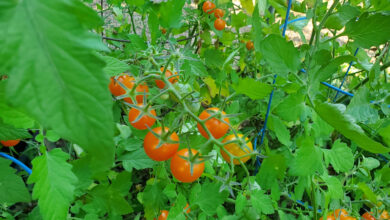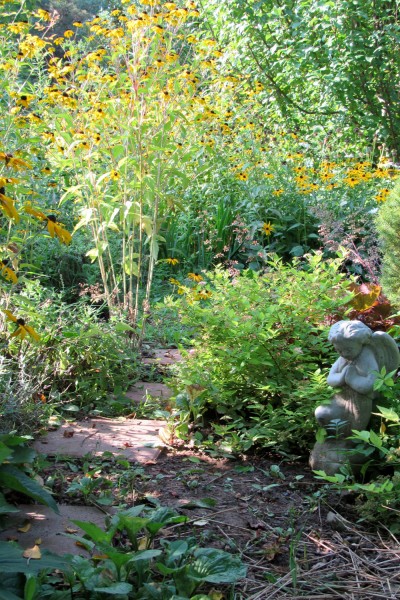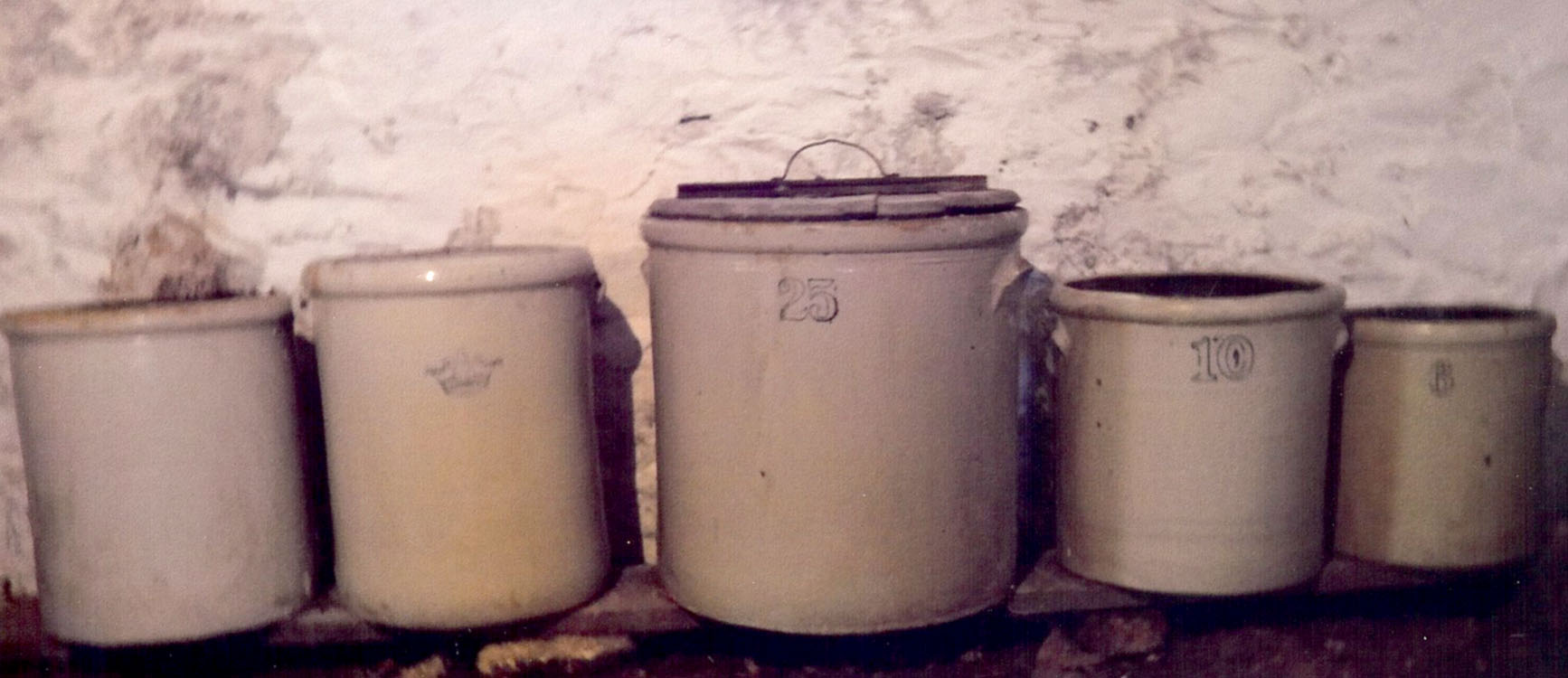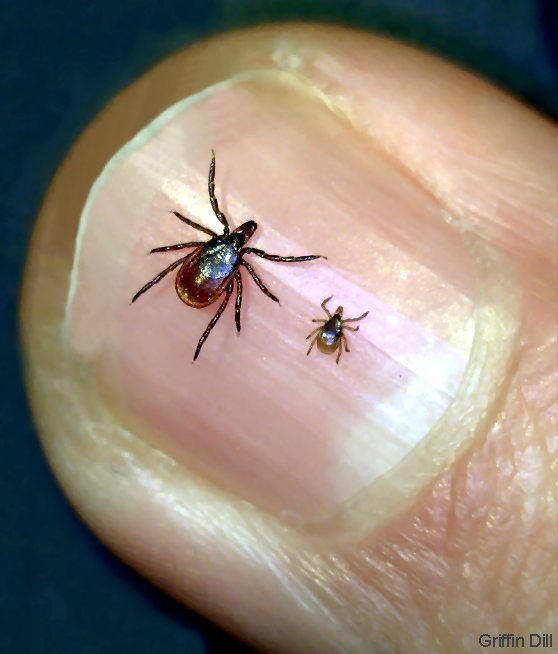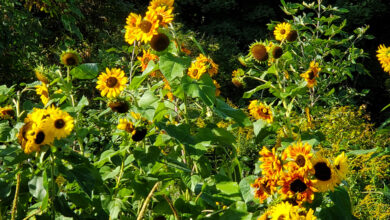Growing colorful dianthus
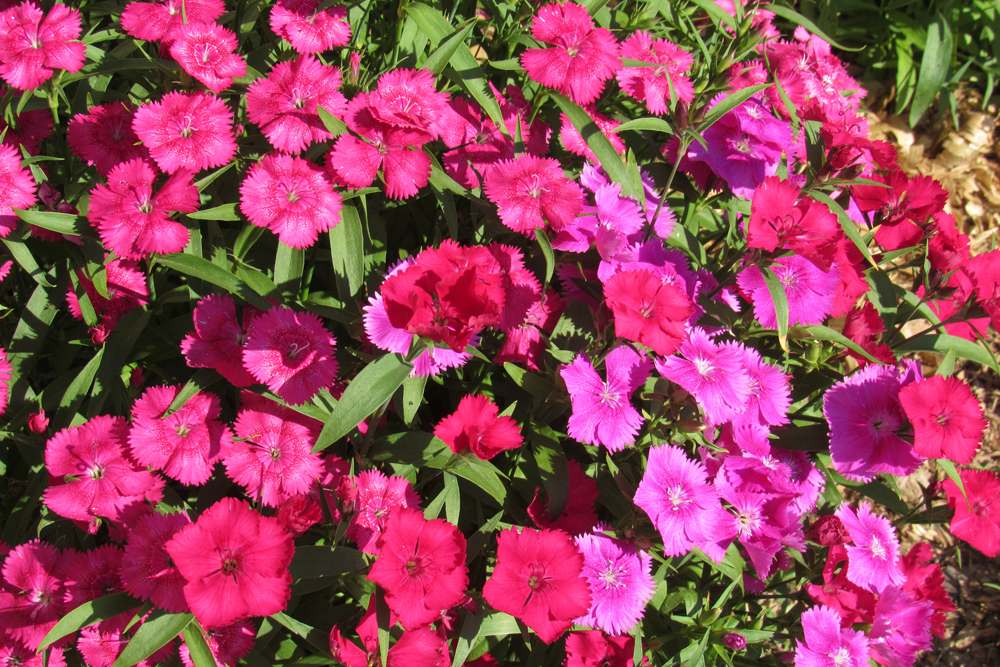
If you are looking for a colorful flowering plant for the front of your perennial border, look no further than dianthus. Members of the charming dianthus family are commonly called “pinks,” and include clove-scented carnations.
Native mainly to Europe and Asia, there are hundreds of varieties of dianthus, which can be annual, biennial, or perennial. According to Colorado State University Extension, the name “pinks” refers to the jagged edges of the flower petals. The Latin word pinct, means pinked or scalloped. Dianthus vary in height from two to 20 inches tall, but most garden varieties are in the 10- to 20-inch tall range. The plants are vigorous and will spread to form tight mounds loaded with buds and blooms.
Dianthus begin blooming in late spring and can bloom until frost, especially if spent blooms are pruned from the plant. Dianthus have five petals on each flower head and range in color from white and pink to yellow and red. Some colors are almost neon in their intensity. Dianthus varieties include a range of flower shapes and markings, and I have been impressed with how tough and colorful the plants are in a sunny, hot, dry area of my garden. Leaves are typically grey-green or blue-green, but it can be difficult to see the leaves on some varieties as the mounding plants are often completely covered with blooms.
Dianthus prefers a sunny location with at least six hours of full sun each day. Do not over-water – the plant’s foliage can turn yellow, and root rot disease can set in.
Dianthus in my garden seemed to thrive on neglect last year, and those I transplanted from containers into the ground in December are blooming heavily now.
Colorado State Extension recommends planting dianthus 12 to 18 inches apart as good air circulation around the stems is needed. Keep the crown level with the surface of the soil and avoid mulch to help encourage air circulation.
The flowers can be fed lightly every six to eight weeks with an all-purpose liquid fertilizer, but the plants are not demanding. Be careful not to over-fertilize. Dianthus also need well-drained soil. To encourage season-long bloom, dead-head spent flowers. A variety I purchased this year, Everlast™ Lavender + Eye Pinks, needs to be pruned to near ground level in late fall after a hard freeze. Make sure to note the care tag on the dianthus variety you purchase.
Keep in mind that many species of dianthus are short-lived perennials. You may want to plant dianthus annually so that as older plants die off, younger plants take their place. This also allows you to experiment with the hundreds of species and varieties that are available. As with most perennials, dianthus can suffer from common diseases such as botrytis and powdery mildew as well as insect issues such as aphids. However, I have had very few problems growing dianthus, and proper garden maintenance can help control or even eliminate these issues.
Dianthus tends to be deer resistant and grows well in containers. It is also a great choice for cottage gardens and rock gardens.



